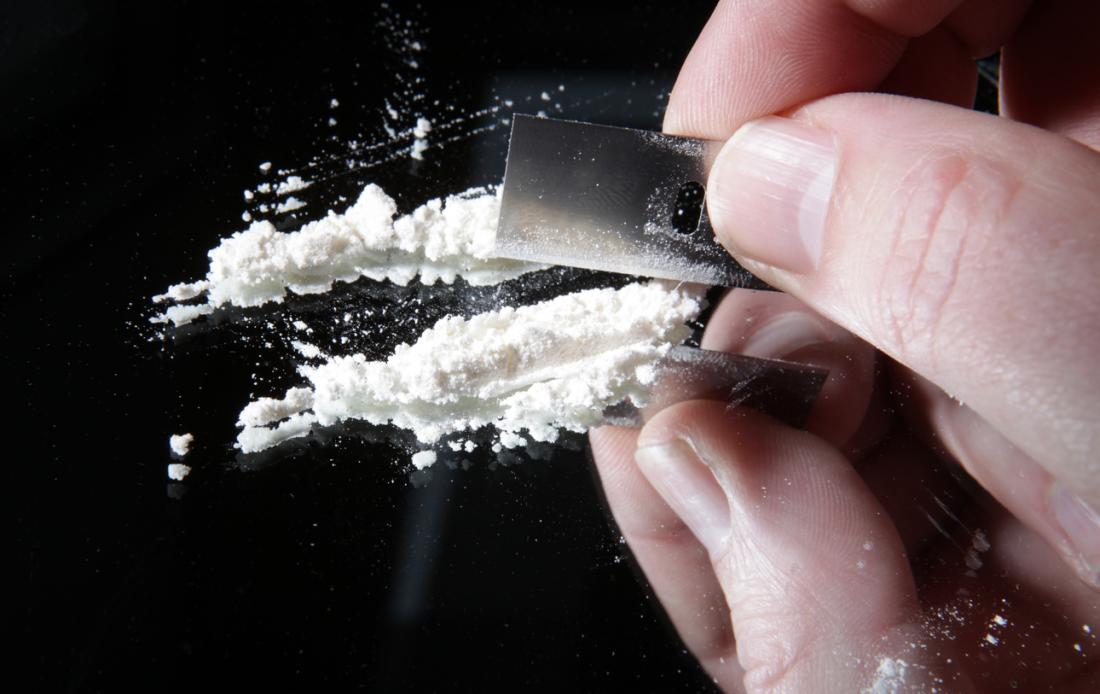In movies and music, such a substance as cocaine is often presented as something people enjoy, but at the same time, everyone knows that it is unhealthy to take it. The abuse of drugs leads to life-threatening diseases and substance dependency, thus the need to recognize the signs and symptoms manifested by drug users.
It deserves attention to understand what cocaine is and its impact on those who take it, in order to avoid all the problems the substance causes. The appearance and feel of the drug and smell and taste of cocaine, as well as indicators that may signal a person uses the drug are shown below.
What Does Cocaine Look Like?
To answer the question ‘what does cocaine look like,’ you may want to know that cocaine typically comes in two forms: coke and crack. The powder form of cocaine (coke) is most frequently experienced as a fine, white substance. It might also have a lustrous, pearlesque sheen because of its ability to refract light. At times, it can be off white or have a pink or yellow tint from impurities or some form of additives.
Crack cocaine on the other hand which is another form of the substance that looks entirely different. It often appears as off-white nuggets or rocks. These rocks are oftentimes coarse and jagged; they usually are rolled like cigarettes and are smoked.
What Does Cocaine Smell and Taste Like
Now that you have the answer to the question ‘what does cocaine look like,’ you may also want to know the smell and taste. Cocaine has a rather characteristic odor. Cocaine has a chemical, medicinal smell akin to the smell of paint or gasoline. Cocaine bears a bitter taste and this causes the numbing effect when ingested via the mouth.
Behavioral Indicators of Cocaine Use
It is crucial to understand that identifying cocaine use is not merely about knowing how it looks. Pathologically changed behavior is also one of the signs of substance use in a person. Some visible symptoms are sudden flare-ups of energy, loquaciousness, and brashness. Another side effect that you are likely to experience if you use cocaine is sudden changes in mood, increased irritation or aggression.
In addition to this, people using cocaine may suffer from lack of sleep, nutritional deficiency, and a loss of appetite. Other symptoms include dilated pupils, a runny nose or constant nose bleed if the drug was ingested through nasal sniffing.
Withdrawal symptoms include fatigue, depression and intense food cravings that may result from a reduction in the consumption of the substance. Such behaviors as pulling away from friends and family, or a drop in productivity at work or in school also signal cocaine addiction.
Conclusion
The knowledge of these signs and symptoms will assist in identifying individuals who are using cocaine as well as those who are addicted to the substance. Prevention, education and timely treatment are important in ensuring those affected receive help in order to minimize the negative effects that this drug has on a user’s life and on the entire society.

